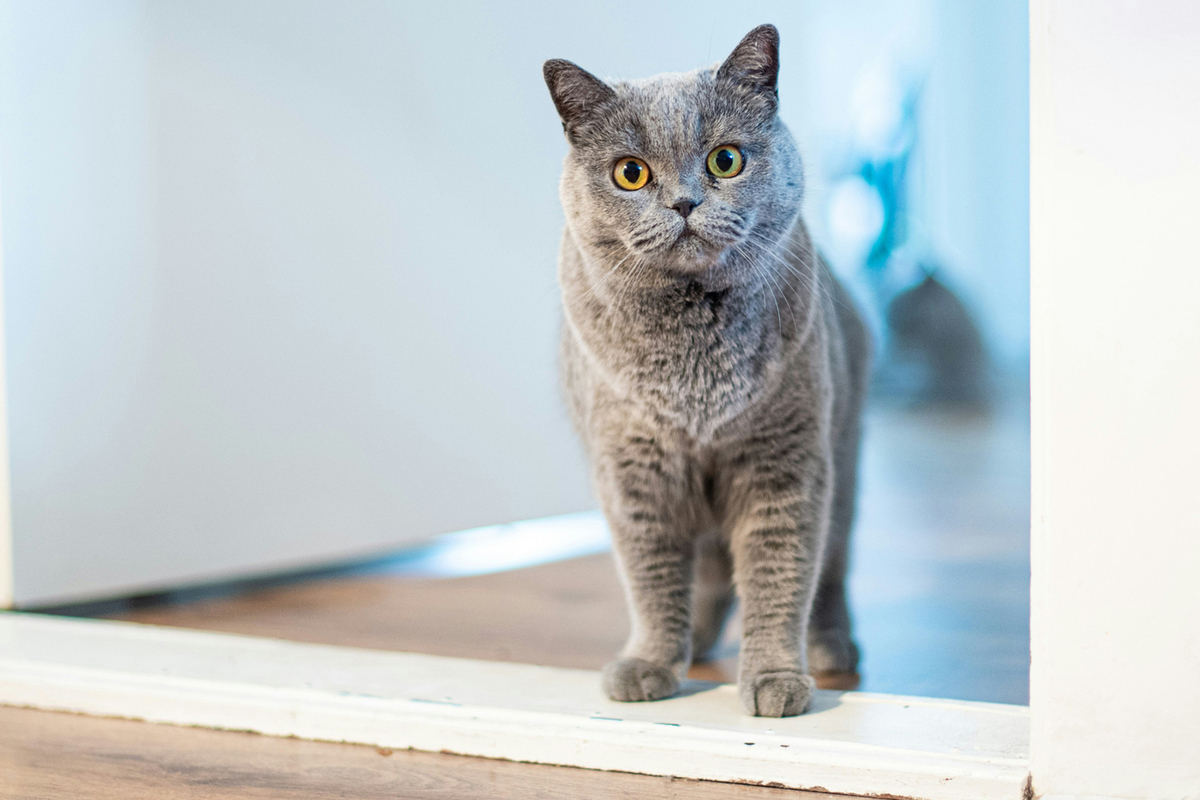An effective way to eliminate the smell of cat urine has been named: scientists have explained the mechanism
[ad_1]

Cats are great, but not in an apartment… and not when your furry friend starts marking everything around. Getting rid of the smell of cat urine is quite a task. You can spend a lot of effort and money, but the result will still be zero. However, scientists have explained why cat waste is so fragrant and how, with this information, you can get rid of this eternal nightmare.
Researchers from Japan’s Iwate University have discovered that cat urine contains large amounts of a protein called cauxin. They theorize that the chemical increases the “wetness” of urine, meaning it sticks to surfaces and dries quickly, releasing a lot of smelly, volatile compounds.
Cats, like many other animals, communicate with each other through scent and spray urine onto vertical surfaces. Until recently, some scientists believed that cat urine smelled worse when it was splashed.
To test this theory, the scientists took samples of urine sprayed onto the surface, the same waste product from the litter box, and directly from the cats’ bladders using urethral catheters.
When these samples were chemically analyzed, each cat’s urine was highly similar, regardless of where it came from. The behavior of the cats that sniffed the samples also suggests that samples from the same animal smell the same whether they are sprayed or not.
This indicates that sprayed urine and litter box urine are actually the same on a chemical level, although they smell completely different to humans.
However, during testing, the researchers noticed that cat urine samples “easily stuck” to the inside of the plastic syringes used to transport them.
One of the authors of the scientific paper, Reiko Uenoyama, noted: “This observation prompted us to study the underlying mechanisms.”
It was already known that cat urine contains high levels of cauxin, which gives the urine its characteristic “cat” odor. However, it is unknown what effect this has on the smell of urine when it is sprayed.
Uenoyama explained: “Generally, the wettability of a liquid on a solid surface increases as surface tension decreases. Based on this knowledge, we hypothesized that the high concentration of protein in cat urine may reduce its surface tension, increasing the release of volatile compounds.”
By comparing cat urine with samples from which the protein had been removed, the researchers found that urine with protein had a much lower surface tension and demonstrated significantly greater adhesion (the bonding of dissimilar solids and/or liquids together) to vertical glass plates during testing.
In a miniature garden built by the researchers, observers could easily smell it when a block sprayed with cat urine was placed in it. However, when the same urine sample was poured onto sandy soil and then covered, no odor could be detected.
Professor Miyazaki, who first discovered that cat urine contains kauxin, states: “Liquid droplets of atomized urine can easily dry on the surface of the block, resulting in a faster release of volatile chemicals compared to normal urine.”
Previous studies have shown that the smell of cat urine is created by cauxin and a second compound called feline.
To eliminate cat odor, researchers say owners can add a cauxin inhibitor to their cats’ food, although they caution that this is difficult to do.
As a simpler alternative, scientists recommend treating the area with compounds containing metal ions such as gold, silver and copper. These ions bind to volatile chemicals that produce the odor, eliminating its source.
[ad_2]
Source link








